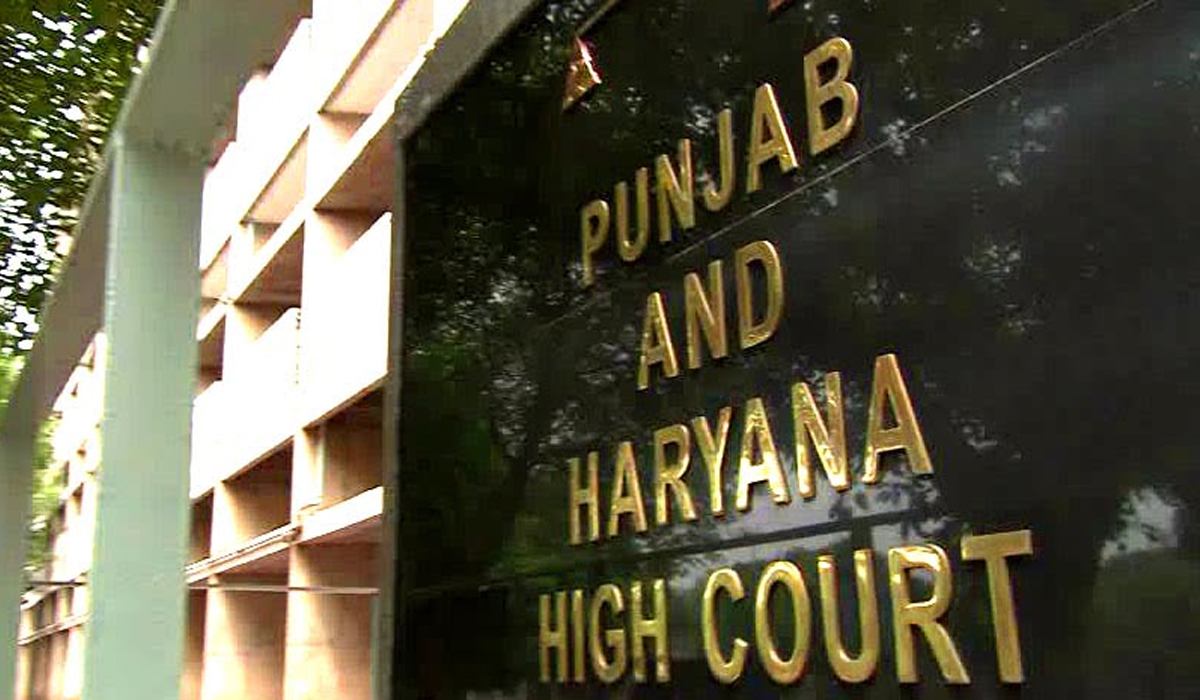
Chandigarh: The CBI has now registered three FIRs in Chandigarh in the case of four lakh fake admissions in Haryana government schools between 2014 and 2016. Paper admissions were made to embezzle the funds received from the government for scholarships, uniforms, and mid-day meals.
In this case, sections of the Anti-Corruption Act, including preparation of wrong documents by a government employee, fraud, forgery, and criminal conspiracy, have been imposed.
Earlier, the State Vigilance Bureau had investigated this case for several years and registered seven FIRs. Vigilance’s Special Investigation Team (SIT) was also formed twice in this case. The report was presented after an investigation at three levels, but the Punjab and Haryana High Court was not satisfied with the investigation.
The High Court handed over the investigation to the CBI while giving its verdict in an appeal case registered on March 30, 2018, in November 2019. The court had directed the CBI to investigate and submit a report within three months. Now, after about 4 years, the CBI has registered a case and started a fresh investigation. The investigation of these cases has been handed over to CBI’s ASP Seema Pahuja and DSP Rajiv Gulati.
Even after years of investigation, it is not clear in any FIR how much financial fraud has taken place. It was said that the funds received for scholarships, uniforms, and midday meals were embezzled. According to the FIR registered with the CBI, financial embezzlement was done by showing the admission of more than four lakh students in various districts of Haryana.
The embezzlers had shown the need for teachers for these more than 4 lakh students. The Primary Education Department is under suspicion in this case. First the Vigilance, and now even the CBI has not named anyone. Now the concerned responsible persons can be questioned again.
In June 2015, the education department issued a notice to remove 719 guest teachers. The guest teachers approached the High Court. The court rejected the petition on July 6, 2015. The review petition was also not accepted. In September 2015, they approached the double bench. A notice was issued to the government. In response, the government said that the number of students in government schools has decreased.
When the court asked for the records, it was revealed that out of 22 lakh children, 4 lakh admissions were fake. Expressing apprehension of misappropriation of government funds, the court asked for an investigation, which was not done at that time. The court called the ACS of the education department. An investigation was done at the block and district levels, and when the court was not satisfied, it was handed over to vigilance.
SP Hamid Akhtar of Gurugram Vigilance and IG Charu Bali of Vigilance Bureau Panchkula Headquarters conducted the investigation. Then SIT was formed. After investigation in the schools of Rohtak, Hisar, and Gurugram range, 7 FIRs were registered in March-April 2018. It was revealed that 5,298 children were enrolled in 10 schools in Gurugram, but only 4232 appeared in the annual examination.
In March 2019, permission was sought to form a new SIT. Then 200 vigilance personnel matched data through proforma in 12,924 schools.
50,687 children were not found in Karnal, Panipat, and Jind. Fake admissions were found in Ambala. 5,735 children were found absent in Hisar, Bhiwani, Sirsa, and Fatehabad districts.
The surprising thing was that there was a rule against deducting names due to absence. In such a situation, it was not easy to make such a big difference in the number of students in an academic session. There should have been entries in the school records regarding transfers, school living certificates, and dropout cases.
In many schools, it was told that the names of children were deleted due to their absence, whereas the policy was not to deduct names from the school. The addresses of the students were also found to be incomplete.
